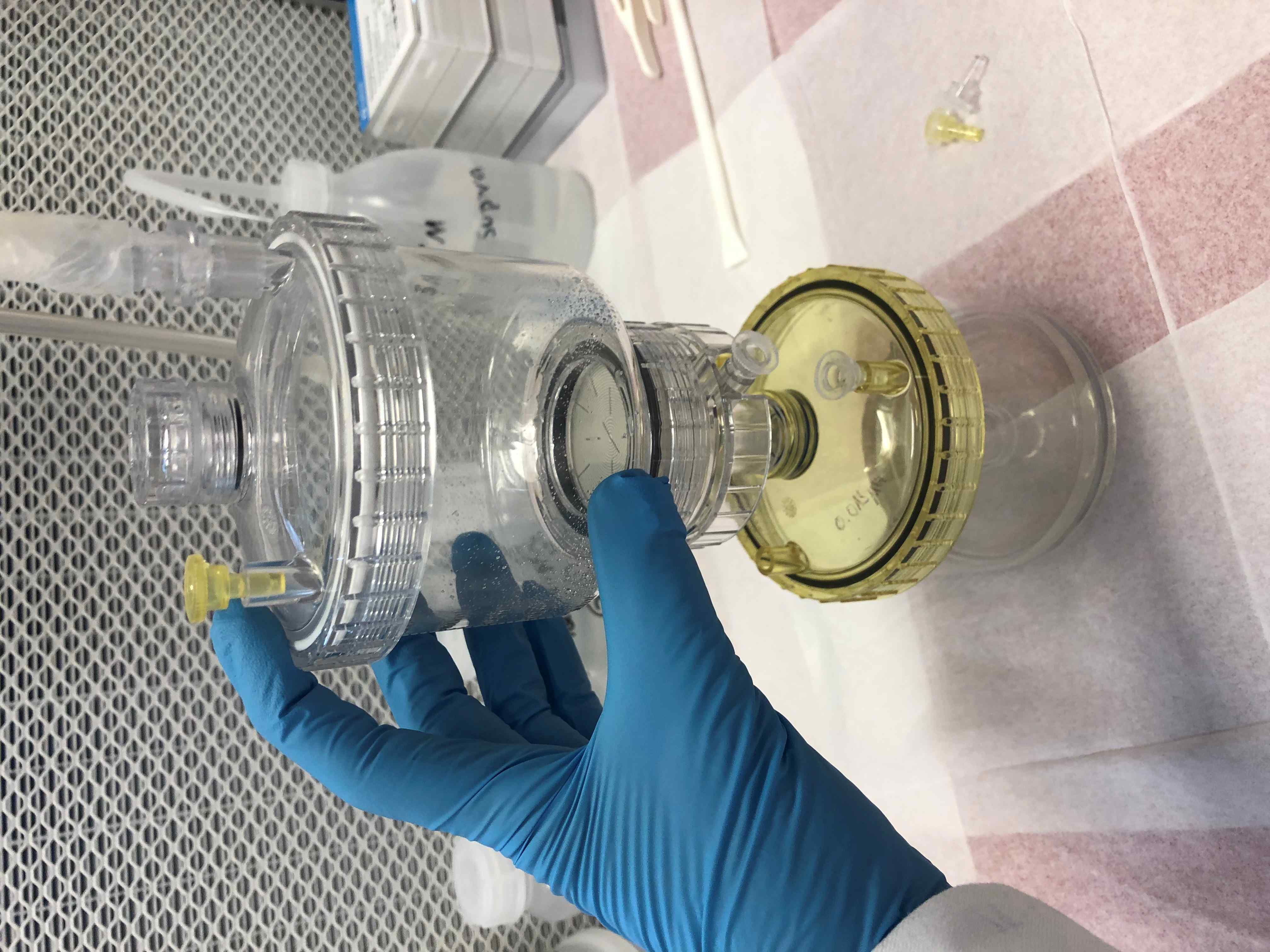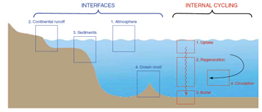Phytoplankton or microalgae are the most common primary producers in the ocean, and they support other higher trophic animals, such as zooplankton, fish, and even whales! They are a large family with multiple species with all kinds of shapes and lifestyles. It is very important to study these tiny creatures to understand their physiological performance, […]
Inside the Van – a Trace Metal-Clean Oasis
Bioessential trace metals such as Cd, Co, Cu, Fe, Mn, Mo, Ni, V, Zn and Cr are an incredibly important part of marine biology, without which life in the ocean would not exist the way we know it. The aim of the GEOTRACES program is to understand the processes affecting the distribution of trace elements […]
A ghostly floating visitor
Early on in our cruise, during one of our first night-time sampling stations between Ecuador and the Galapagos Islands, we were mesmerised by the most ghostly sight – pale, hollow floating tubes of all sizes suspended in the water and drifting in the strong equatorial currents. After some debate and with a little research we […]
My first cruise with a research vessel
My name is Anne, and when describing my Ph.D. research, I always had steady ground under my feet. I was working on contaminant leaching from agricultural fields to the soil and groundwater to predict adverse effects on our drinking water supply from groundwater. Water was always the invisible media I would need to describe with […]
Rainbows in the Ocean: Detecting nutrient regimes via passive fluorescence
The mystery of light has confounded humanity since the dawn of civilization, we have made leaps and bounds in our understandings but are still unsure what it is, is it a wave? A particle? A quanta? Some weird amalgamation of all and none of these? When even Einstein and Feynman say they don’t know and […]
The stuff dreams are made of …
Scientists have big dreams when it comes to their work. And to make those dreams come true, they need salt water, lots of salt water! But where do you get so much salt water on an ocean? The scientists are not satisfied with just any salt water, it has to come from a certain position […]
Fun with filtering: small vs. ultra-small
Our Constructor University team (Adrienne, Natasha and Polina) is focused on collecting size-fractionated data for trace metals and metal-binding ligands. Specifically, we are collecting samples for high field-strength elements (HFSE), oxyanions, metal-binding organic ligands (Cu, Fe, Ni) and Cr and V speciation. Of these parameters, I am personally the most interested in organic ligands, which […]
Cruise SO298 Equatorial Pacific GEOTRACES GP11
The research cruise SO298 is part of the International GEOTRACES Programme as a section cruise. The cruise will cross the equatorial Pacific Ocean (EPO) along 0°S from Guayaquil (Ecuador) to Townsville (Australia), with a focus on trace element biogeochemistry and chemical oceanography but also including physical and biological oceanographic components. The research topic of the […]

